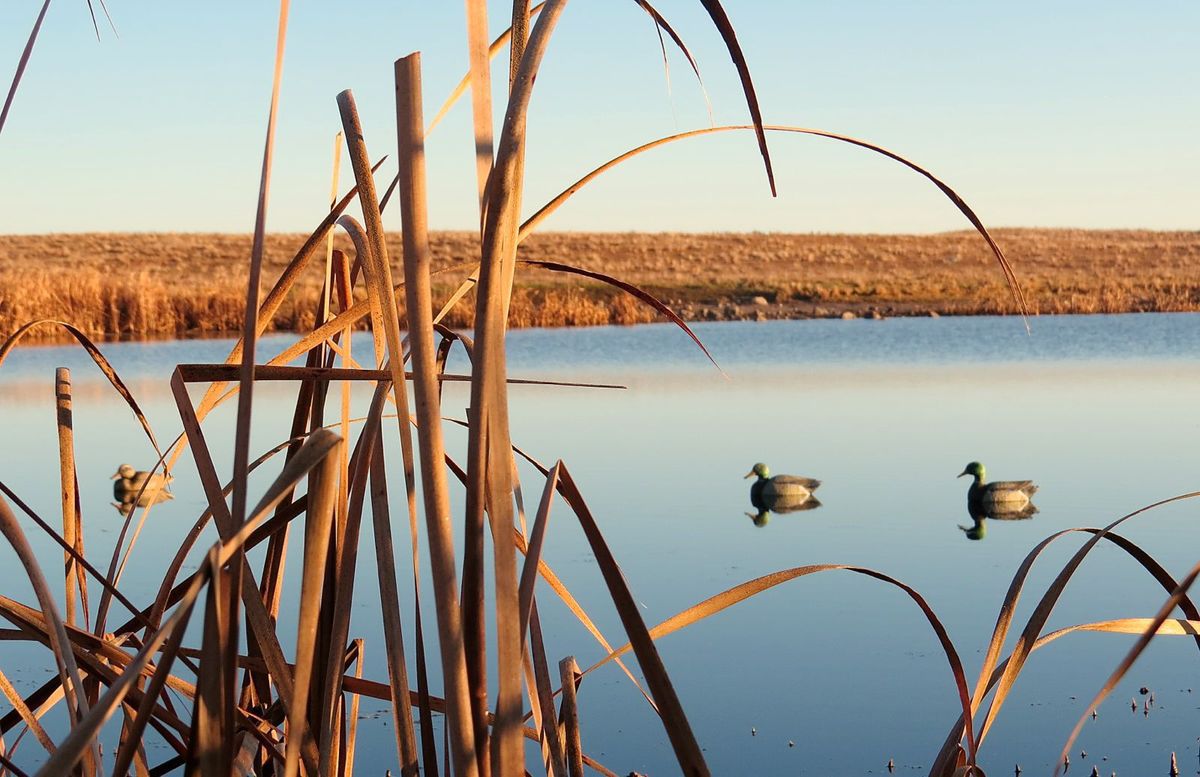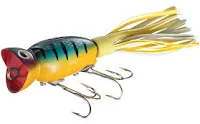Reprinted from the Sioux City Journal
Preserving your outdoor memories has never been easier. Or less expensive.
Film? Processing expense? What’s that?
We are in the digital age. Your photos can be downloaded to a computer, cropped, edited and enhanced with any of a number of post processing programs. Your computer may have come with a program already installed. If not there are several free programs that can be downloaded from the internet.
And, if you have a cell phone, and most people do nowadays, you have got the ability to make crazy good photos of just about anything. Since you always have your cell phone with you, your camera is just a screen touch away. So, too, are all of your photos. It’s very simple to show your buddies that picture of the big buck you put down last week, or the big walleyes you caught last summer.
I hate to say this because for most of my life a camera has played a big role in just about everything I do, but for most people there is little need to buy a digital camera. Your phone camera is really all you need. And as technology advances, these built-in cameras will only keep getting better.
As is true of any type of photography, you must have a knowledge of how to operate your equipment. A camera phone is no different. You need to know how to control focus, how to control exposure and how to use the flash, to name just a few.
I have an iPhone 6. Like most phone cameras it has center focus, but sometimes you do not want the camera to focus there. To control the focus in the camera, you simply tap the screen and a small yellow box illuminates where you have tapped. That indicates the area the camera will focus on. That’s the technique for most cameras in a phone. The exposure on my iPhone is controlled by sliding a small “sunburst” icon up or down. For most of our outdoors photography the flash will be used as a “fill flash” that opens up the shadows on a subject’s face, such as the shadow from a hat brim. Remember that these small flashes don’t have much distance. Six feet is about their maximum range to eliminate the hat brim shadow.
As of now, most cell phone cameras are limited to a digital zoom. Digital zoom means that the camera simply crops the photo that you have just zoomed into. Quality suffers. It’s much better to never use the zoom and do your cropping in the post processing program. You will get much sharper photos. The new iPhone 7 Plus has an optical zoom as well as a wide angle lens. There may be other phones with an optical zoom that I’m not aware of.
Surprisingly, there are telephoto attachments available for cell phones. Most of them are under $100.
Just because you have the capability to obtain fine photographs with your phone, it doesn’t mean your path to photographic excellence will not be littered with a whole bunch of bad photos.
Obtaining excellent photographs of your hunting or fishing success or that of your son or daughter or outdoor companion or companions is not difficult. But, there are a few rules to follow.
Following are some tips to get you started on the path to better hunting and fishing photographs. We will be talking about those so-called “hero” shots. That is a person holding a fish, a pheasant or other game. These are the memories most of us want to preserve.
First thing to learn is to get close. Most amateur photographs are taken from too far away. While you can do your cropping in the post processing program, it is much better to move in on your subject. Also remember that your phone camera has the ability to shoot both horizontal and vertical photographs. For instance, most good fish and fishermen photos are taken in the vertical position.
Also remember to get down, or up. Just about all cell phone photos are taken at eye level. If your dog is bringing a pheasant back to you, get down on his level and shoot. Sometimes standing in the bed of a pickup will give a better, more interesting angle of whatever you are photographing, such as a bunch of retrievers sharing a bowl of water.
If your subject is wearing dark glasses, ask them to take them off. If you are photographing a nice catch, the fish should be in front of the subject and held relatively high and, perhaps, off to the side if it obscures the subject’s face. Fish should be photographed broadside, and can be held either vertical or horizontal. If possible, keep the subject’s fingers out of the photo. If a fish is being held horizontal, one hand can grasp under the gill plate and the fingers of the other hand can support the fish behind the anal fin, out of sight.
Dip the fish into the water just before making the photograph if possible. If the fish is to be released, move quickly, and do not keep it out of the water very long.
More outdoors information is available at http://siouxcityjournal.com/sports/recreation/outdoors/






0 Comments